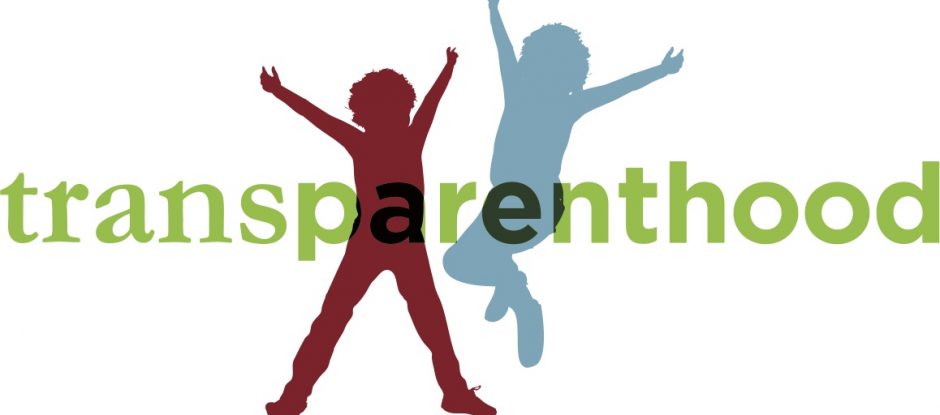Transgender FAQ – adapted from GLAAD.org
What does ‘Transgender’ mean?
Transgender is a term used to describe people whose gender identity differs from the sex the doctor marked on their birth certificate. Gender Identity is a person’s internal, personal sense of being a man or a woman (or someone outside of that gender binary). For transgender people, the sex they were assigned at birth and their own internal gender identity do not match.
Trying to change a person’s gender identity is no more successful than trying to change a person’s sexual orientation – it doesn’t work. So most transgender people seek to bring their bodies more into alignment with their gender identity.
Many transgender people are prescribed hormones by their doctors to change their bodies and some undergo surgeries. But not all transgender people can or will take those steps and it is important to know that being transgender is not dependent upon medical procedures.
Transgender is an adjective and should never be used as a noun. For example, rather than saying, “Max is a transgender,” say, “Max is a transgender person.” And transgender never needs an “-ed” at the end.
How is sexual orientation different from gender identity?
Sexual orientation describes a person’s enduring physical, romantic, and/or emotional attraction to another person (for example: Straight, gay, lesbian, bisexual), while gender identity describes a person’s internal, personal sense of being a man or woman (or someone outside of that gender binary). Simply put: sexual orientation is about who you are attracted to and fall in love with; gender identity is about your own sense of self.
What name and pronoun do I use?
If you are unsure which pronoun a person prefers, listen first to the pronoun other people use when referring to that person. Someone who knows the person well will probably use the correct pronoun. If you must ask which pronoun to use, start with your own. For example, “Hi, I’m Dani and I use the pronouns she and her. What about you?” If you accidently use the wrong pronoun for someone, apologize quickly and sincerely, then move on. The bigger deal you make out of the situation, the more uncomfortable it is for everyone.
For some transgender people, being associated with their birth name is a source of anxiety, or it is simply a part of their life they wish to leave behind. Respect the name a transgender person is currently using. If you know a transgender person’s birth name (the name given to them when they were born, but which they no longer use), don’t share it without that person’s permission. Sharing a transgender person’s birth name and/or photos of a transgender person before their transition is an invasion of privacy unless they have given you permission to do so.
Why is transgender equality important?
Transgender people face staggering levels of discrimination and violence. In 2013, 72% of anti-LGBT homicide victims were transgender women. According to “Injustice at Every Turn,” a report by the National Center for Transgender Equality and The Task Force:
- Transgender people are four times more likely to live in poverty.
- Transgender people experience unemployment at twice the rate of the general population with rates for people of color up to four times the national unemployment rate.
- 90% of transgender people report experiencing harassment, mistreatment or discrimination on the job.
- 22% of respondents who have interacted with police reported harassment by police, with much higher rates reported by people of color. Almost half of the respondents (46%) reported being uncomfortable seeking police assistance.
- 41% of respondents reported attempting suicide, compared to 1.6 of the general population.
Most states and countries offer no legal protections in housing, employment, health care, and other areas where individuals experience discrimination based on their gender identity or expression.
To learn more about how to be an ally to trans people, check out PFLAG’s Straight For Equality site and their “Guide to Being a Trans Ally” publication.
